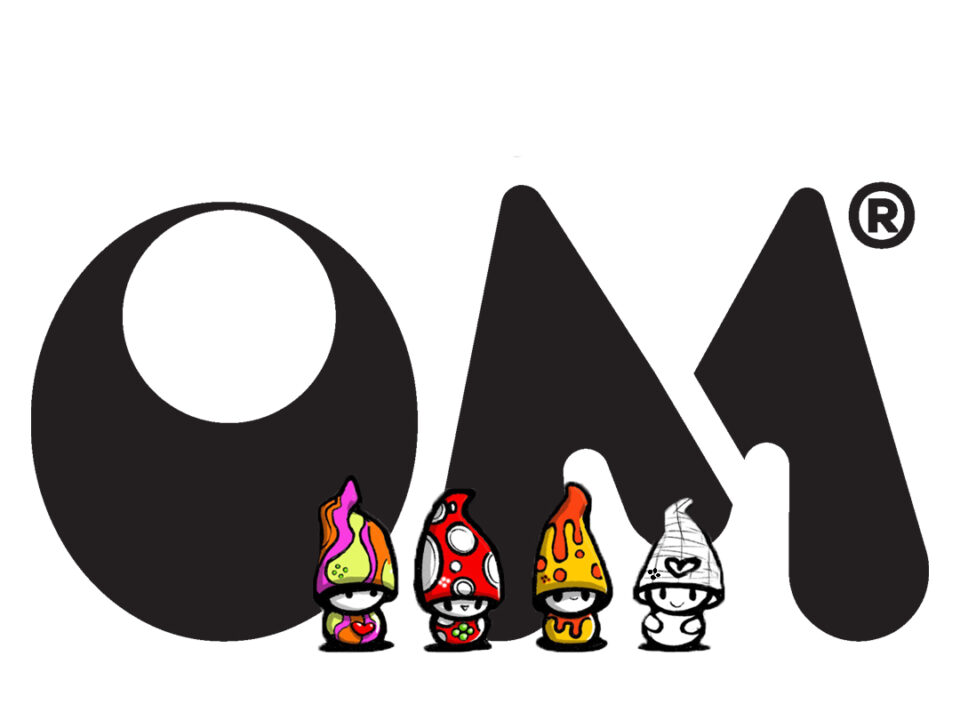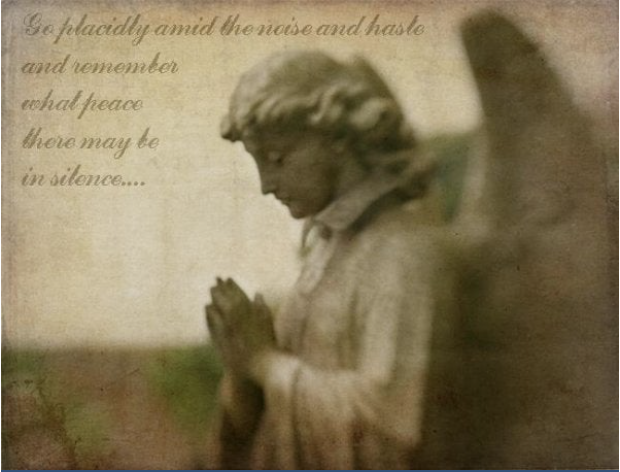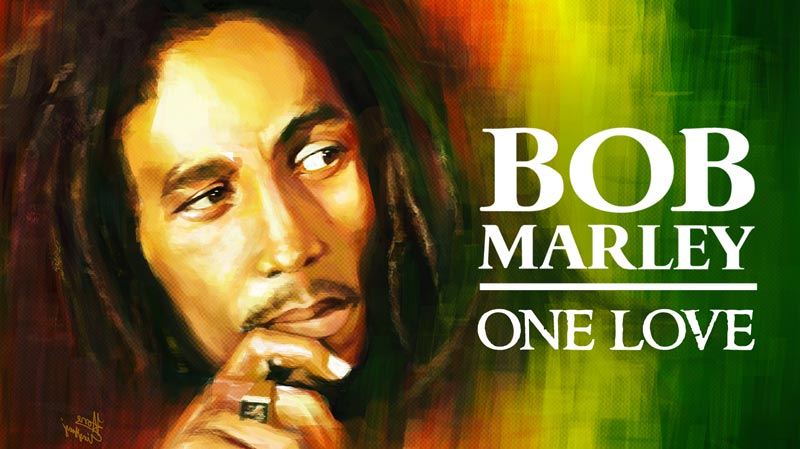Connections…
June 6, 2011Alice Pyne
June 9, 2011

Electronic music has never been our thing here at OM HQ where after a long shift in our studio, you can often find us unwinding to the greatest hits of Van Morrison.
Some comfortable seating and a chilled beverage or two might also feature, but forgive us, for once again, we’ve digressed.
It’s the music that matters here, the soundtrack to our lives, to our work and to our OMs.
Here in Saunderstown, we’re nothing if not open-minded, so when an offering a good deal different to our usual musical fare appeared on our radar this week, we were pleased to give it a listen.
It’s challenging, for sure, but it did, if you’ll pardon the pun, strike a chord in our studio. It’s like nothing we’ve ever heard before but, before long, we were all ears.
This isn’t something you’ll find in Tower Records and you can forget about downloading it from iTunes. This is music in a niche never before explored. This is Symphony of Science.
Have you heard of Symphony of Science? We hadn’t until earlier this week, and it’s little wonder. You couldn’t get much further removed from Van Morrison if you tried.
It is, in the words of John Boswell, the little-known electronic artist behind the concept, “a musical project designed to deliver scientific knowledge and philosophy, in musical form”.
Intrigued? Us too! For his vocals, John Boswell sampled speech from eminent scientists such as Stephen Hawking, Bill Nye, Carl Sagan, Richard Feynman and Neil deGrasse Tyson.
The latter – according to his impressive resume – is a leading astrophysicist, the director at the Hayden Planetarium in New York and a research associate at the Department of Astrophysics at the American Museum of Natural History. He is not, it must be noted, renowned for his musical talents.
Carl Sagan is best known for Cosmos, an award-winning TV series from the Eighties, Bill Nye is known to a generation as Bill Nye the Science Guy, whilst Stephen Hawking, the physicist and cosmologist, holds the Presidential Medal of Freedom for his services to science.
Richard Feynman? Well, we looked him up, but he was so clever that even his resume baffled us, here in Saunderstown. We’re going to call him a physicist and, for good measure, a genius.
But what, we hear you ask, what kind of music could such men make? Given that two in their number are no longer with us, it’s a good question. This is where it starts to get interesting.
You might be questioning the relevance of this to us in our studio, so perhaps we ought to tell you that the Symphony of Science project is made up of nine separate compositions, each one examining a different scientific theme.
The first, called A Glorious Dawn, has been viewed online more than five million times. It is because his initial instalment proved so popular that John Boswell decided to make more.
The Symphony’s other movements include Our Place in the Cosmos, The Case for Mars, The Big Beginning and Ode to the Brain. But it is the second piece in the series that most interests us.
For what reason? It’s simple, it’s in the title. For the second piece is called We are all Connected.
Music speaks louder than words, so we’ll stop now, we’ll leave it with you. We’d like you to listen and we’d like you to watch and we’d like you to share your thoughts.
Because we’ve been telling you for some time and now John Boswell’s esteemed orchestra is agreeing.
[youtube=https://www.youtube.com/watch?v=XGK84Poeynk]
‘Like’ us on facebook
‘Follow’ us on Twitter



